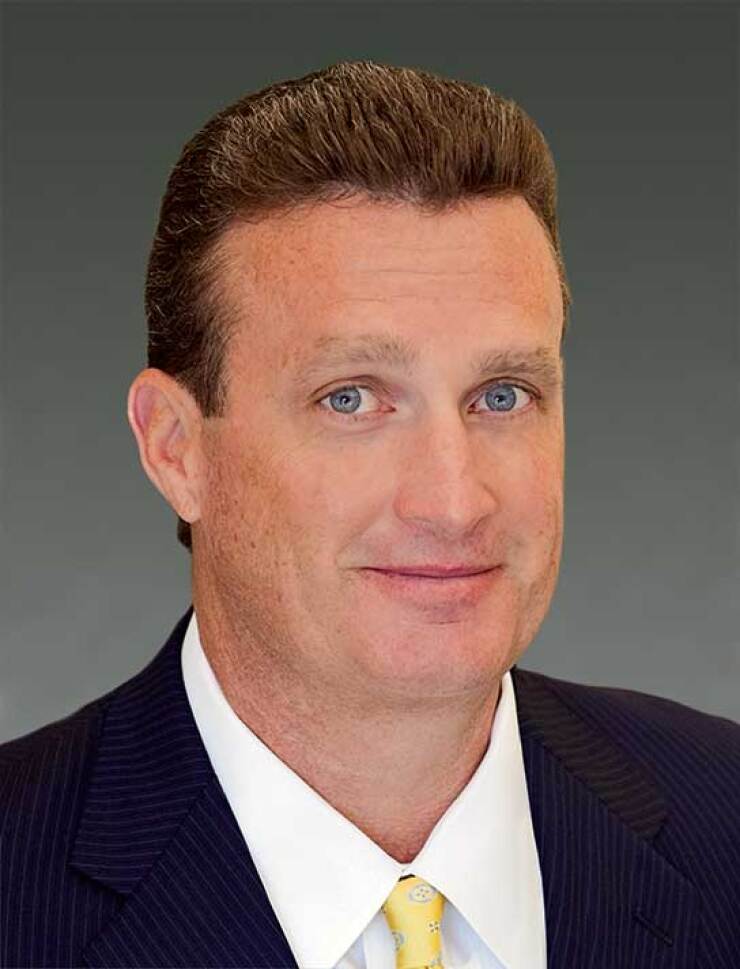The pull of the Lone Star State is proving too tempting for some credit unions.
A number of entities in the industry have recently announced plans to move some of their operations to Texas, while other credit unions headquartered in the state have reported strong growth. All of this makes sense as Texas has one of the best economies in the nation.
Given prospects for robust long-term prosperity, Texas credit unions should flourish in the coming years. The 2019 Retail Banking Conference and Credit Union Summit kicks off on Tuesday in Austin, in part as a reflection of that significant growth taking place in the state.
“The combination of rapid growth, high-income job expansion, a favorable business [and] regulatory climate, and a demand for capital make Texas an attractive location for expansion in banks, credit unions and other financial services,” said Ray Perryman, president and CEO of the Perryman Group, an economic research and analysis firm based in Waco, Texas. “This pattern has been observed in recent years and is expected to continue.”

Between 2000 and 2013, Texas added about 100,000 jobs, according to the Federal Reserve Bank of Dallas. The state had a 3.6 percent unemployment rate in December, a 43-year low and lower than the 3.9 percent rate for the U.S., according to the Texas Workforce Commission.
The Perryman Group forecasts that over 7.2 million new jobs will be created in Texas by 2045.
The $24.5 billion-asset PenFed recently

James Schenck, PenFed’s president and CEO, said that they conducted a nationwide search of both large and mid-sized cities, ranked them according to various criteria, and San Antonio came out on top.
Two other Texas cities – Austin and Dallas – also ranked high, but San Antonio edged those out partly because of the availability of a large piece of real estate for its regional center campus and because the local property market is attractive, Schenck added. The median value of a new home in San Antonio is about $241,000, compared with $364,000 in Austin and $581,000 in Washington, D.C., according to Zillow.com.
Schenck said that PenFed plans to open a few more branches in San Antonio in the coming years with a focus on growing its deposit base through share certificates and high-yield savings accounts. Consumer lending, including credit cards, car loans and mortgage, will also be important.
“San Antonio is a business-friendly city with a large population of several hundred thousand military veterans and world-class amenities,” Schenck said. “Plus, they boast a highly skilled diverse workforce with a strong presence of financial service professionals.”
Growth in Texas has been fueled by its reputation as a business-friendly state with relatively low regulatory and tax burdens, said Tom Fullerton, a professor at the department of economics and finance at University of Texas at El Paso. Texas has no personal income tax and a 6.25 percent sales tax.
“Recently, the rapid expansion in oil and natural gas activity in the state has been a major contributor to the pace of growth, positively affecting not only the major production areas, but other parts of the state such as the Houston and Dallas areas, which have long been a centers for energy industry with oil company headquarters and other operations,” Perryman said.
But oil and gas is only part of the story. Texas has had more major corporate relocations and expansions than any other state, according to Perryman. A number of other industries, including construction, petrochemicals manufacturing, health care, trade and hospitality, are important as well.
“Texas has a favorable combination of resources ranging from oil and gas to a large workforce as well as a business-friendly mindset,” Perryman said. “There are other states with the first but not the second, such as California, as well as those without the resources that companies need.”
Credit unions are benefitting from these trends. There are 450 federally insured credit unions in Texas, according to the National Credit Union Administration. From December 2014 to December 2018, membership in these institutions climbed by almost 9 percent, to roughly 9 million.
“The growing population and economic growth leads to strong consumerism,” said Max Villaronga, president and CEO of El Paso Area Teachers Federal Credit Union. “The credit union model is built on helping people purchase automobiles, homes and other important life purchases.”

The $9.5 billion-asset Security Service Federal Credit Union in San Antonio expects to grow its membership by 3 percent to 5 percent annually over the next several years, said Jim Laffoon, president and CEO. San Antonio has a “competitive cost of doing business, high quality of life, uniquely collaborative environment, and skilled workforce makes it an excellent city in which to live and work,” he said.
Credit unions throughout the state typically rely on retail lending, primarily auto and residential mortgages, and that is likely to continue, said Mahlon McCaleb, chief financial officer at El Paso Area Teachers Federal Credit Union.
The $653 million-asset credit union had more than 18 percent annualized growth in just the past eight months, McCaleb said. It also focuses on offering loans for commercial real estate, business equipment, and inventory.
“Many members who have full-time jobs also have a small business on the side,” McCaleb added.
Brian Turner, president and chief economist of Meridian Economics in Plano, Texas, said that a number of larger credit unions do indirect lending in the state. Turner added that Texas continues to be a hub of mortgage financing given the historical stability in home values.
“The stability of the Texas market enables credit unions to pursue ‘bread-and-butter lending’ focused on five-year to seven-year vehicle loans and 15-year and 30-year mortgage loans without having to compromise credit underwriting standards,” he said.





